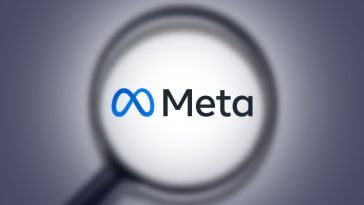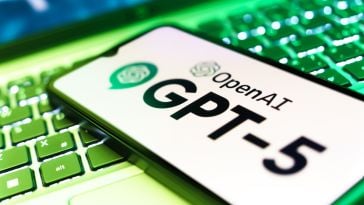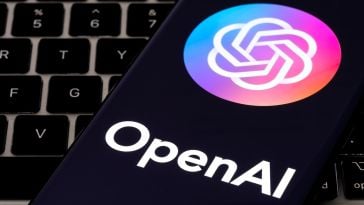Sort By
Most Recent
1103 Articles
The U.S. Tech Force program is looking to bring about 1,000 early-career technologists and supervisors into federal agencies, with the goal of modernizing government systems and helping America maintain its AI supremacy.
A malfunction inside Amazon’s northern Virginia data center hobbled critical services across the globe for hours, exposing just how fragile the internet’s backbone really is.
Experts warn that excessive use of chatbots like ChatGPT can distort your sense of reality. Here’s how you can protect yourself.
Following a costly wave of AI hires, Meta restructured its Superintelligence Labs with new teams, leadership changes and a shift in research focus.
After years of development, OpenAI has finally released its much-anticipated GPT-5 language model, offering several enhancements over its predecessors. But it’s still a long way from artificial general intelligence.
Amid mounting pressure from China, the White House and rival Meta, OpenAI released its first open-weight model in years, offering “state-of-the-art” performance without the usual hardware requirements and costs.
In true Trump fashion, the plan champions innovation, rails against “woke” AI and clears the way for tech giants to build fast with few restrictions.
Grok 4 is one of xAI’s most intelligent models yet, touting real-time search, agentic capabilities and unmatched performance. A more powerful, Grok 4 Heavy version is out too, available only through a $300/month SuperGrok Heavy subscription.
Offering greater personalization, automation and insights, these job boards are where today’s tech professionals are landing their next role.
As artificial intelligence continues to advance, the possibility of AI consciousness is being taken more seriously — and the industry is beginning to grapple with the technical and ethical questions such a development would raise.
From cat meow remixes to Shrimp Jesus, AI slop is the bizarre, low-quality content clogging up your timeline. Here’s where it comes from, how it spreads and why things are only going to get worse.
Here’s what you need to know about Gemini 2.5 Pro, a model that “thinks” about its responses before generating them.












